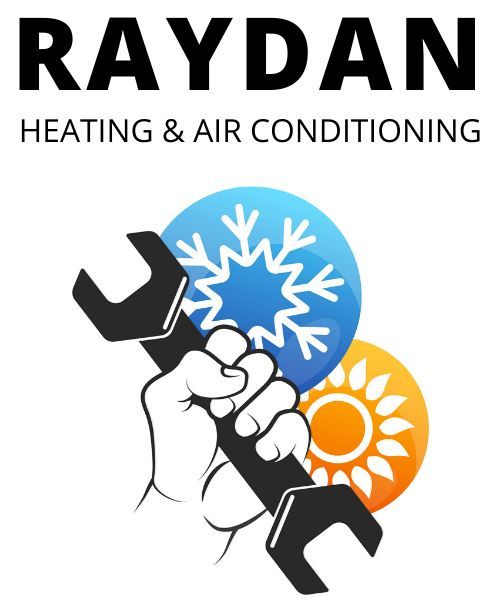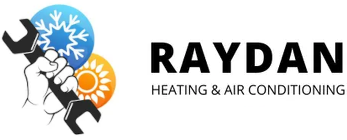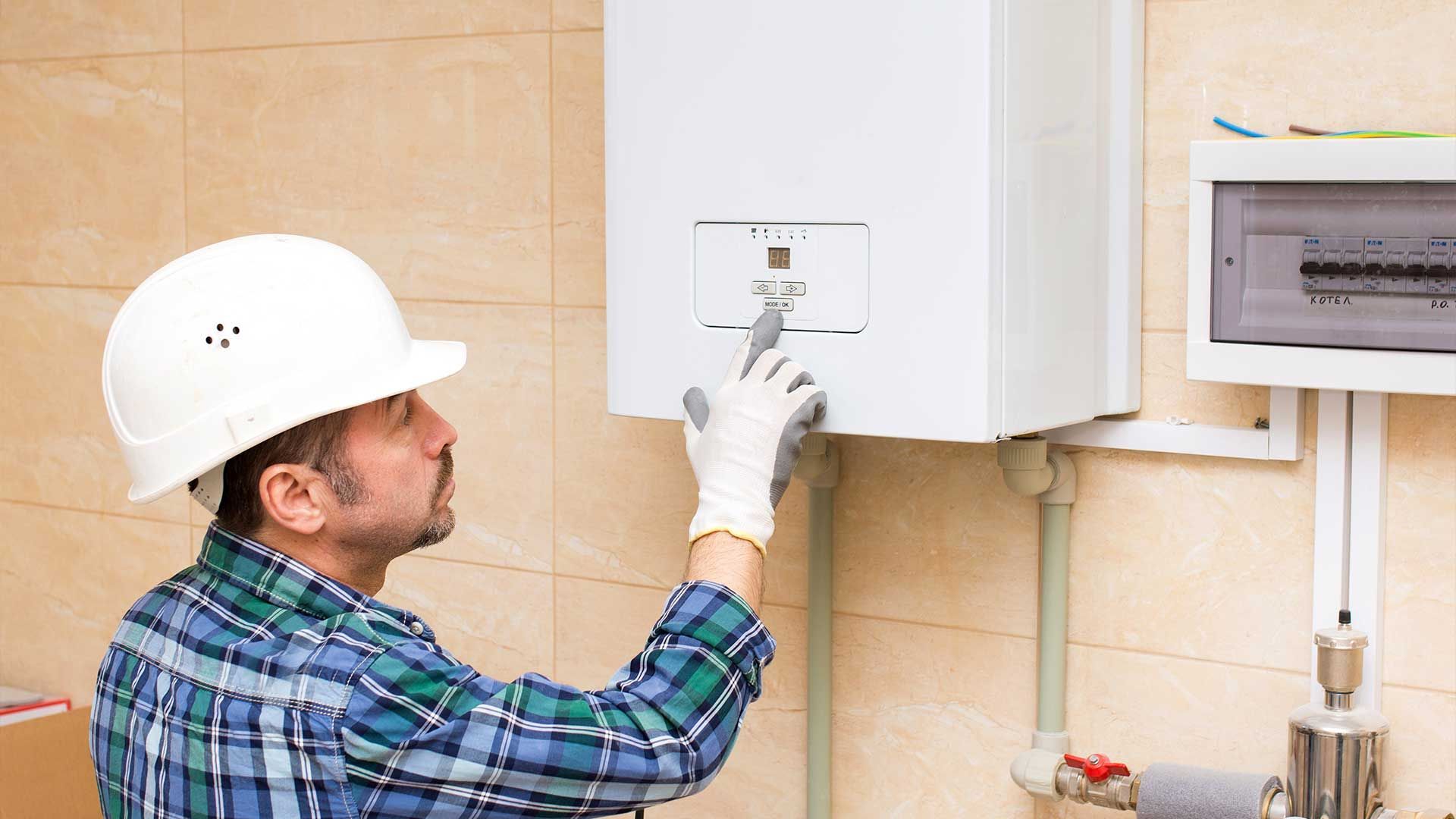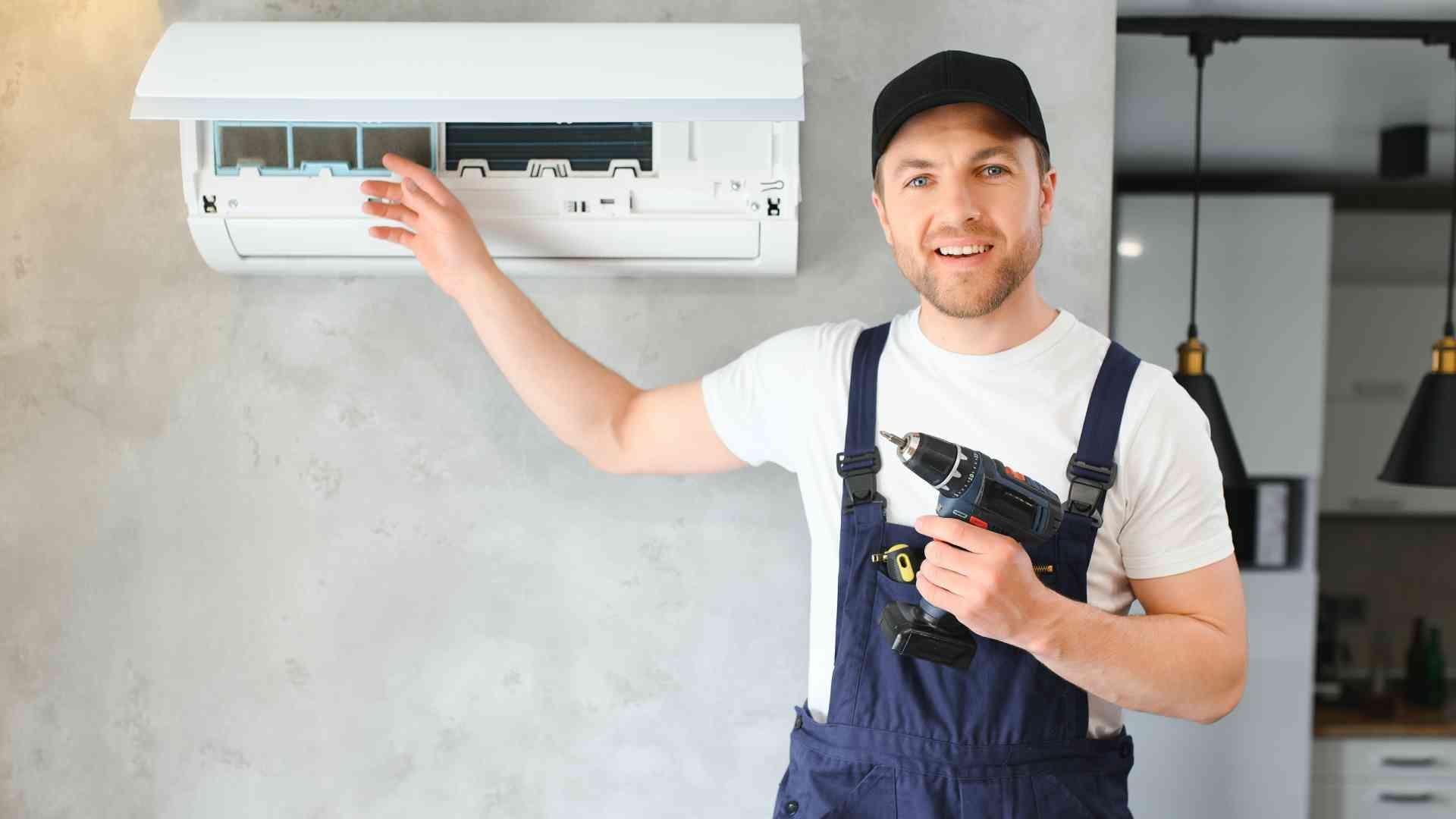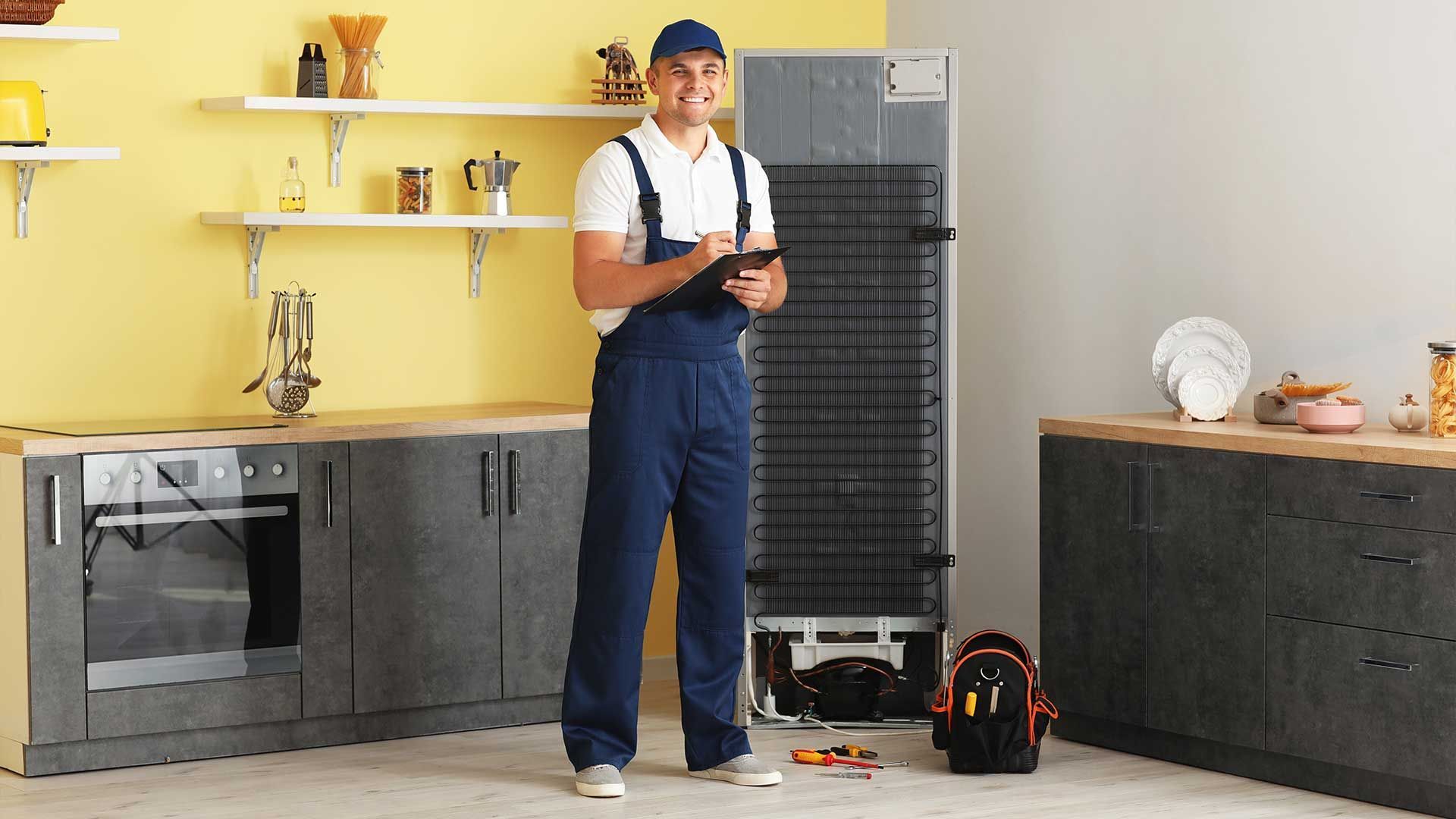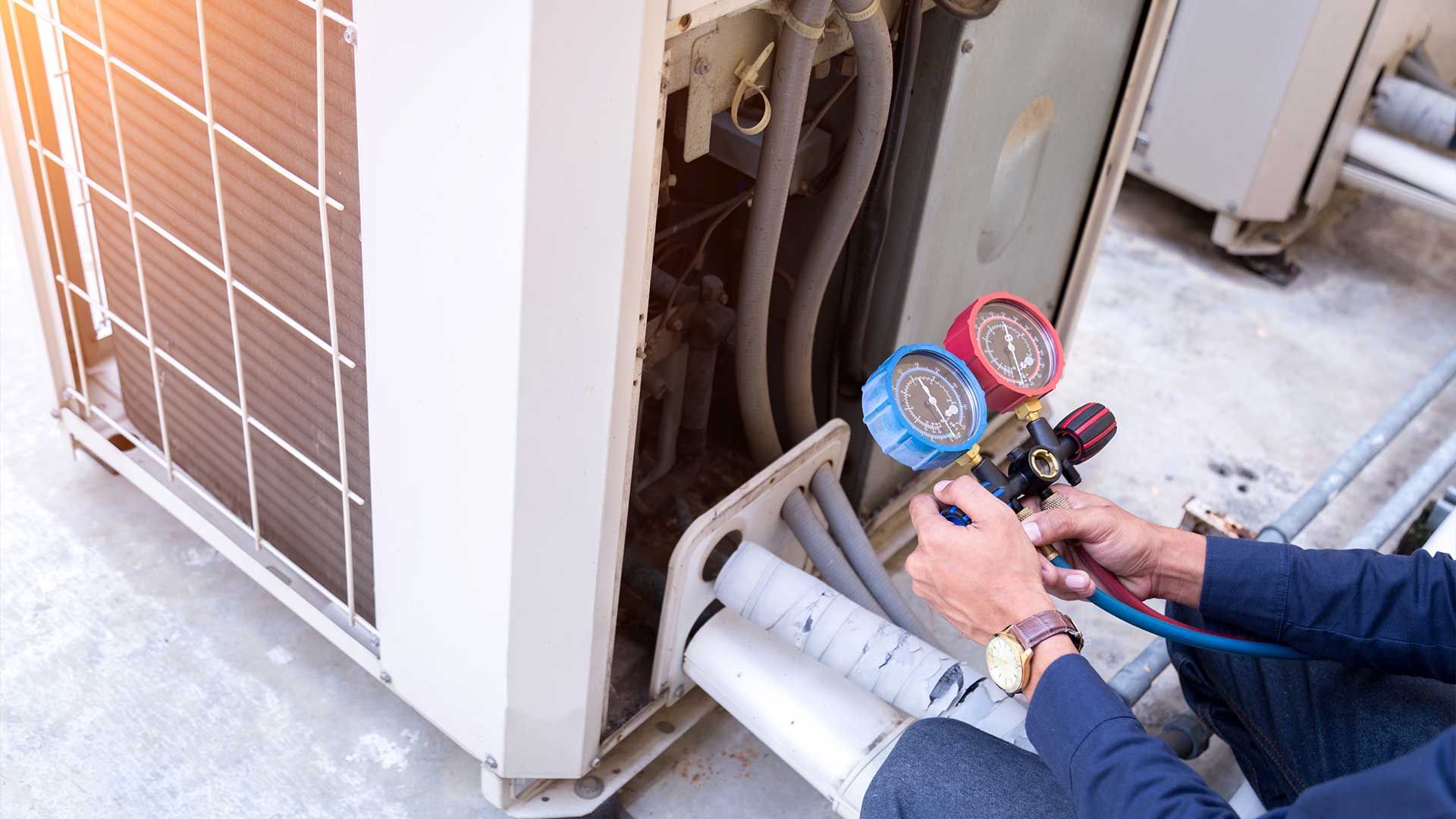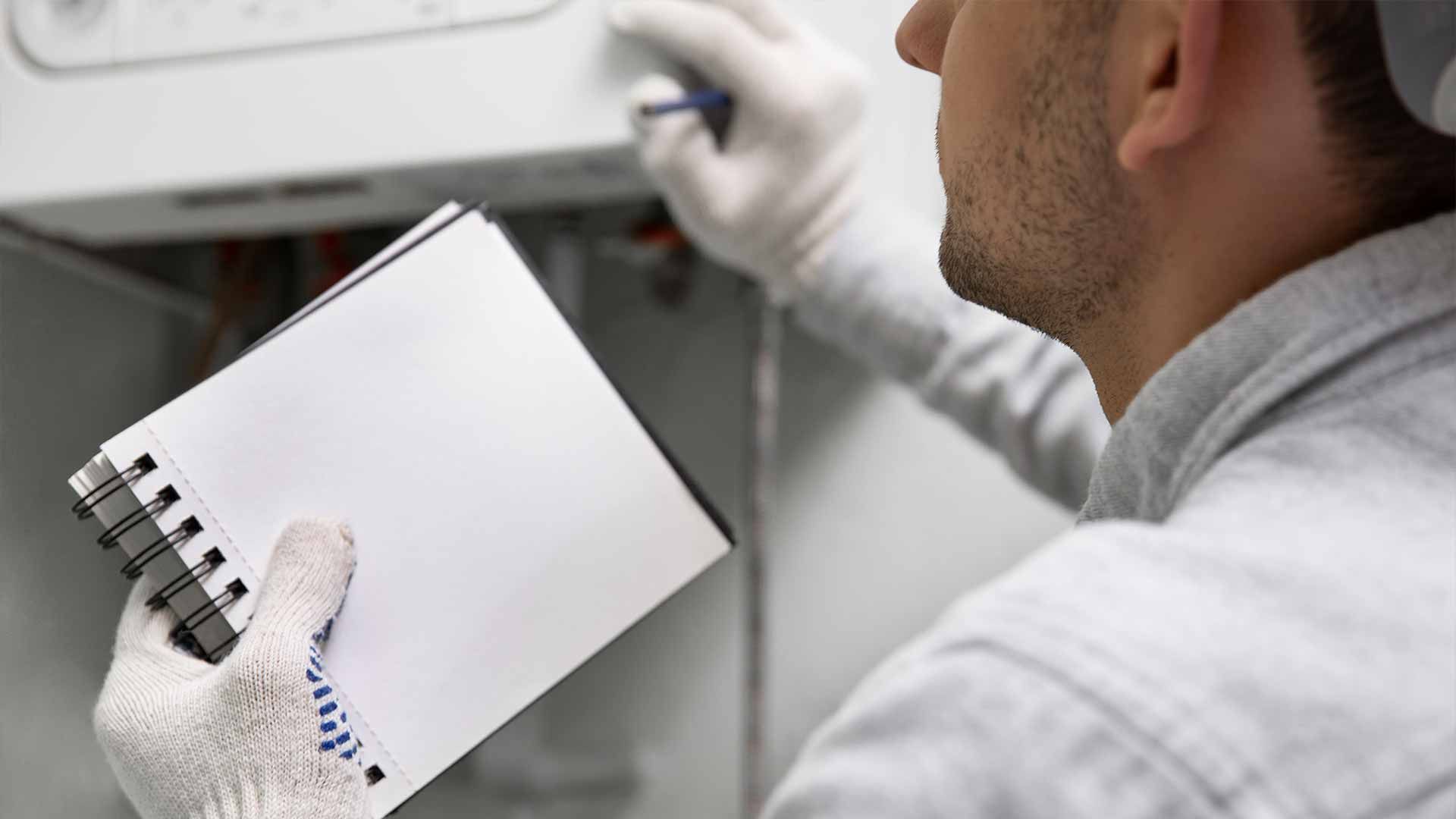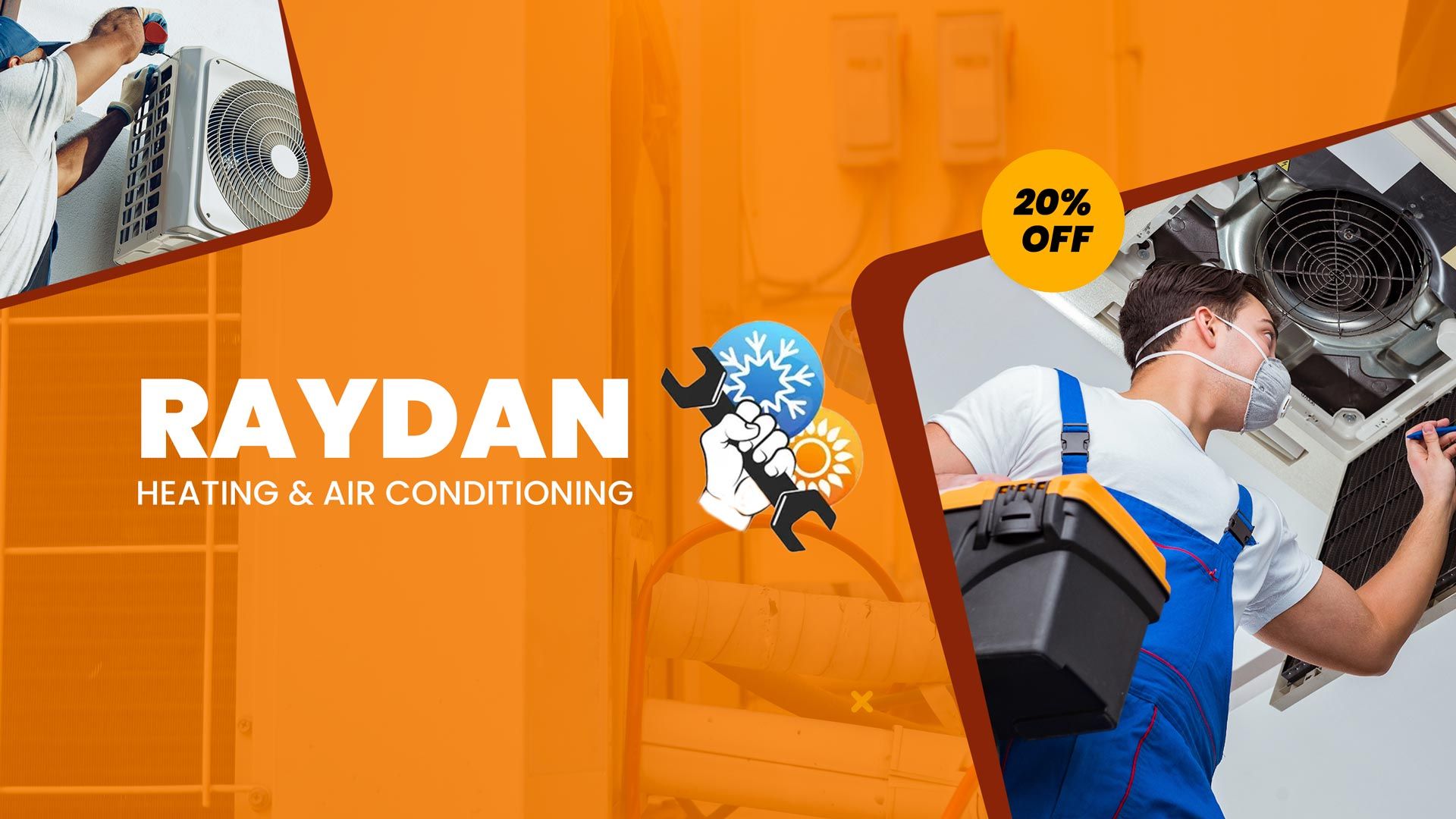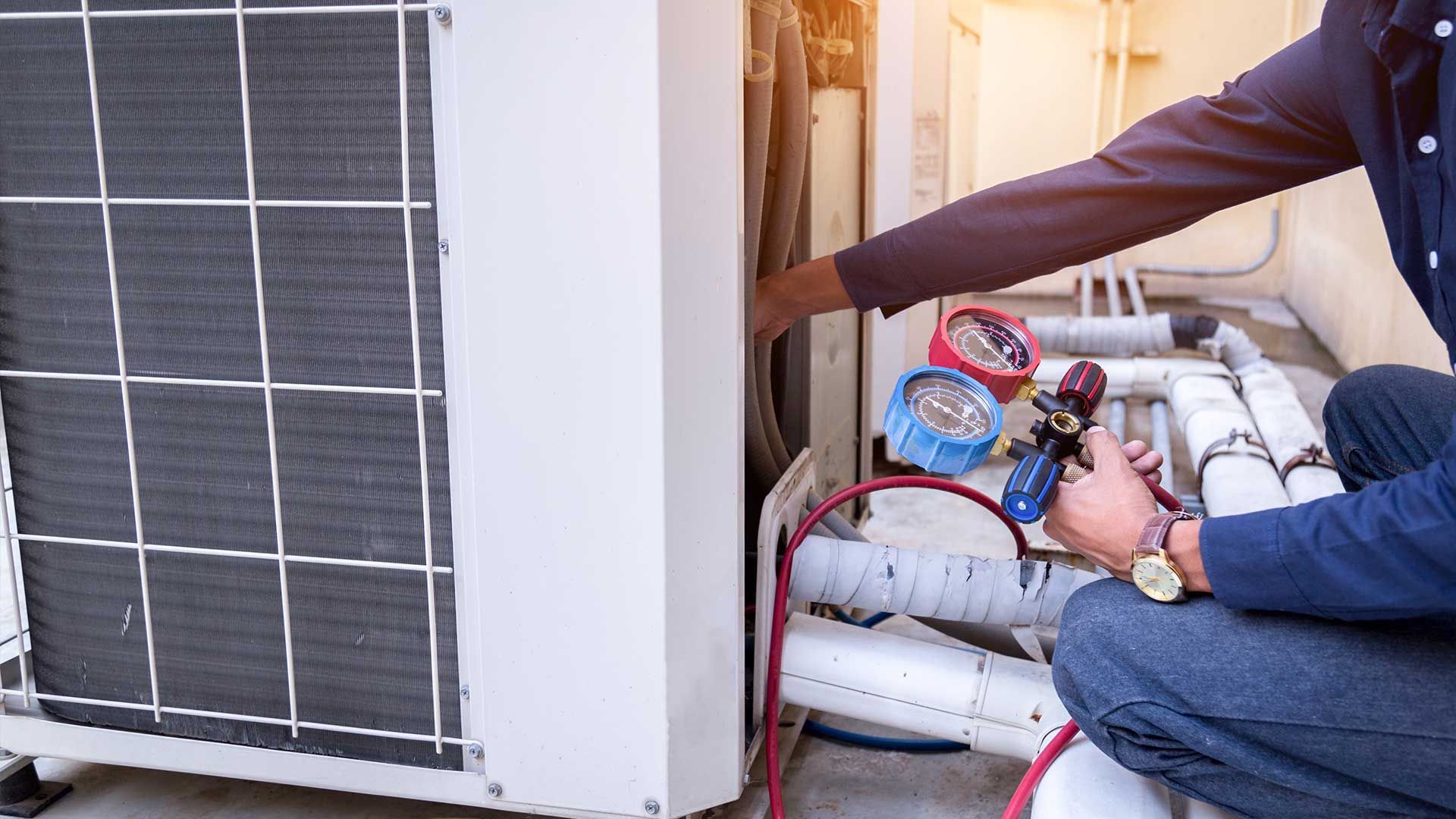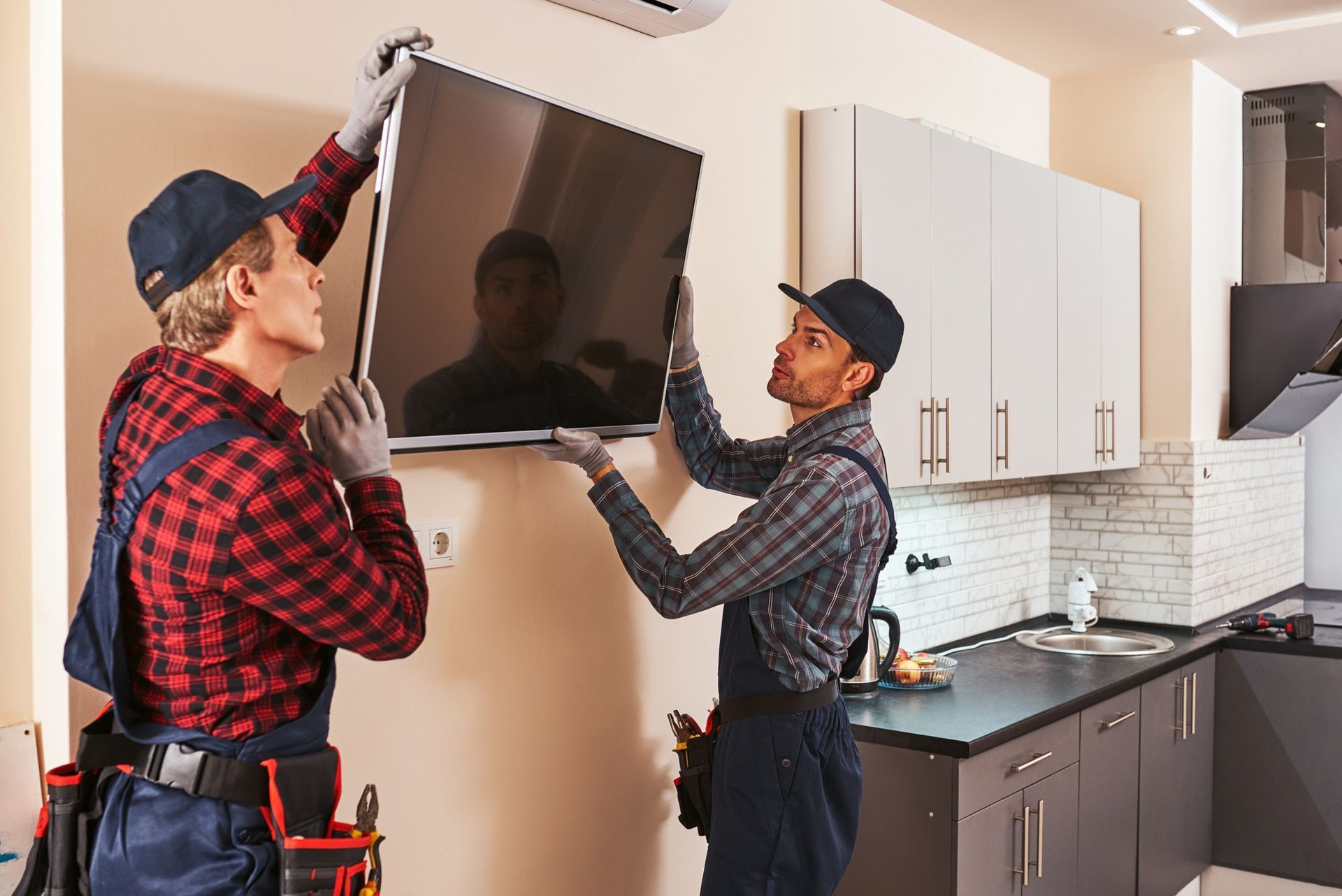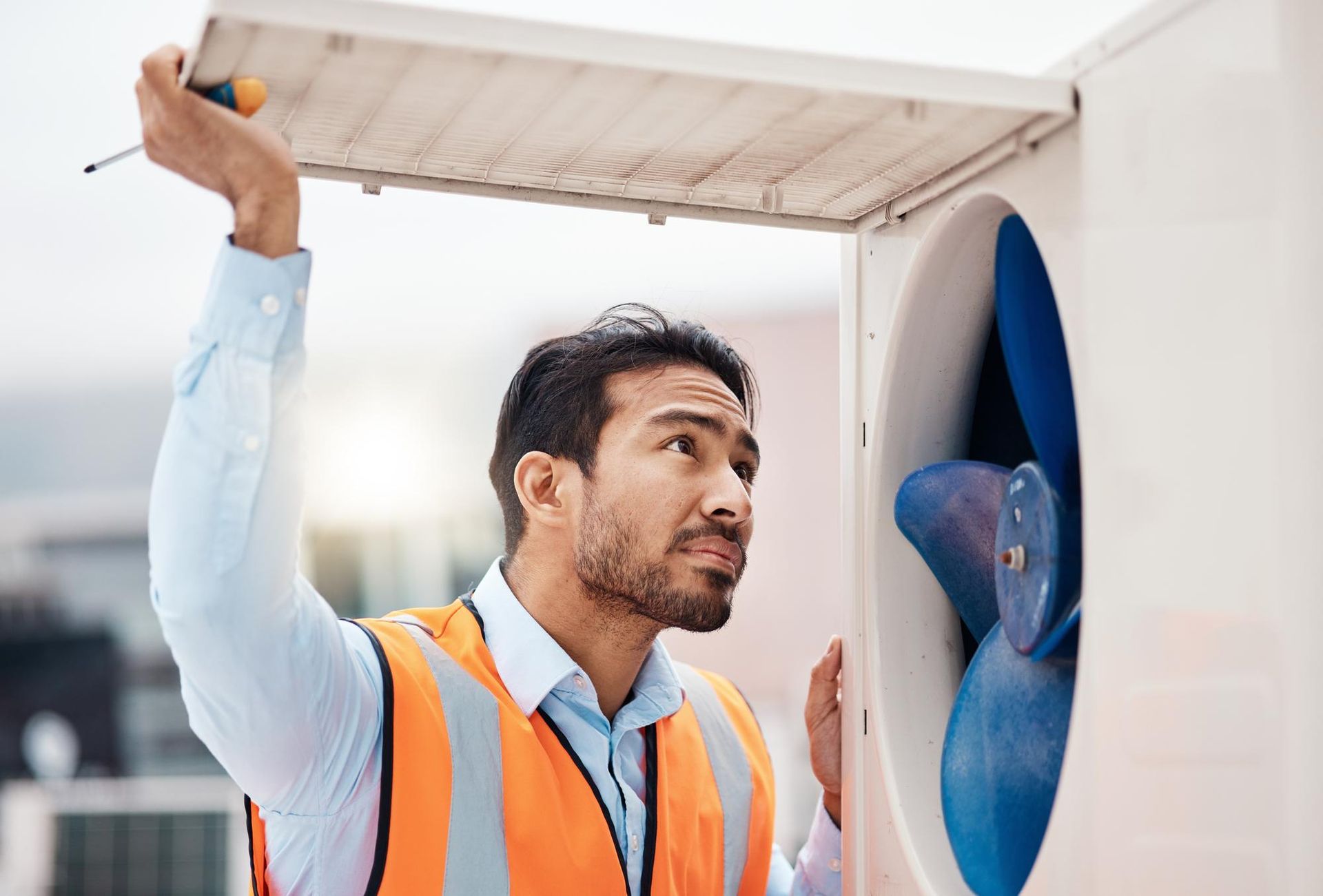Trade: C21B - Air Conditioning, License #: 0083282
Common Signs Your Furnace Blower Motor Needs Replacement
When it comes to keeping your home warm and cozy during the chilly months, your furnace plays a crucial role. Central to your furnace's functionality is the blower motor. This unsung hero ensures that warm air circulates throughout your home, distributing heat evenly and efficiently. However, like all mechanical parts, blower motors don't last forever. In this article, we will explore the common signs that indicate your furnace blower motor may need replacement.
Signs of a Failing Furnace Blower Motor
Weak or Inconsistent Airflow: One of the first signs of a struggling blower motor is weak or inconsistent airflow. When your blower motor is at its prime, it pushes warm air forcefully through your ducts, evenly heating every corner of your home. However, if you notice that some rooms are colder than others or that the airflow from your vents has weakened, it's time to investigate your blower motor.
Unusual Noises:
Your
furnace should operate relatively quietly. If you start hearing unusual noises like rattling, squeaking, or grinding coming from your furnace, it could be a sign that your blower motor is struggling. These noises are often an indication that something is amiss within the motor, and addressing the issue promptly is crucial.
Increased Energy Bills:
A failing blower motor can lead to increased energy bills. This may seem counterintuitive since you might expect your furnace to work harder when it's struggling. However, when the blower motor isn't operating efficiently, your furnace ends up running longer to achieve the desired temperature. Keep a close eye on your energy bills, and if you notice a sudden spike, your blower motor could be to blame.
Inconsistent Heating: Have you ever walked from one room to another and felt a noticeable difference in temperature? This inconsistency in
heating
can be attributed to a blower motor that's on its last legs. When the motor can't circulate air properly, it can result in uneven heating throughout your home.
Frequent Cycling:
Furnace cycling refers to the process of your furnace turning on and off to maintain the desired temperature. While cycling is normal, frequent cycling is not. If you notice that your furnace is turning on and off more often than usual, it may be due to a struggling blower motor.
Diagnosing the Problem
If you're experiencing any of the signs mentioned above, it's essential to diagnose the problem promptly. A failing blower motor can lead to more significant issues and discomfort in your home. Here are some steps to help you diagnose the issue:
When to Call a Professional: In some cases, it's best to leave the
diagnosis and repair
to a professional HVAC technician. If you notice any strange odors, gas leaks, or electrical issues, call a professional immediately. Safety should always come first.
DIY Troubleshooting Steps:
For those comfortable with DIY tasks, there are a few troubleshooting steps you can take. Start by checking your air filters and vents. Clogged filters can put additional strain on your blower motor, making it work harder than necessary. Cleaning components, such as fans and vents, can also improve airflow and efficiency. Lastly, observe your blower motor's behavior. Does it start and stop abruptly? Is it making unusual noises? These observations can help you pinpoint the issue.
The Consequences of Neglecting Blower Motor Issues
Neglecting blower motor issues can have significant consequences, both for your comfort and safety. Here are some potential outcomes of ignoring a failing blower motor:
Impact on Energy Efficiency: A struggling blower motor can significantly reduce the energy efficiency of your furnace. As mentioned earlier, it can lead to increased energy bills as your furnace works overtime to compensate for the inefficient motor.
Potential Damage to Other Furnace Components: A blower motor that's not functioning correctly can place additional stress on other furnace components, such as the heat exchanger. This added strain can lead to more extensive and costly repairs down the road.
Safety Concerns:
In some cases, a malfunctioning blower motor can pose safety risks. For instance, if your furnace isn't venting properly due to a failing blower motor, it could result in carbon monoxide buildup in your home—a potentially life-threatening situation.
The Replacement Process
When it comes to replacing your furnace blower motor, the process involves a few crucial steps to ensure a smooth and successful installation. Here's a detailed breakdown of what to expect:
1. Diagnosis Confirmation: Before proceeding with the replacement, it's essential to confirm that the blower motor is indeed the problem. Ensure that you've identified the signs mentioned earlier and ruled out other potential issues with your furnace.
2. Gather Necessary Tools and Materials:
Depending on your furnace's make and model, you may require specific tools and materials for the replacement. Common tools include screwdrivers, pliers, and wrenches. Additionally, you'll need the new blower motor, which should be compatible with your furnace.
3. Turn Off Power:
Safety should always be a priority during any HVAC work. Begin by turning off the power supply to your furnace. This can usually be done by switching off the circuit breaker or disconnecting the power source. Confirm that there is no electricity flowing to the furnace before proceeding.
4. Remove the Old Blower Motor:
Access your
furnace's blower compartment. You may need to remove panels or covers to reach the blower motor. Once you have access, disconnect the wiring and connections attached to the old motor. Take note of their placement or take pictures to ensure correct reconnection later. Then, remove any mounting bolts or screws securing the motor in place. Carefully extract the old blower motor from its housing.
5. Install the New Blower Motor:
Place the new blower motor in the same position where the old one was removed. Secure it in place using the mounting bolts or screws. Reconnect the wiring and connections, making sure they match the configuration of the old motor.
6. Test the New Motor:
Before reassembling the furnace and turning the power back on, it's essential to test the new blower motor to ensure it operates correctly. Turn on the power and set your thermostat to call for heat. Observe the motor's performance, including airflow and noise. If everything looks and sounds normal, you can proceed.
7. Reassemble and Restore Power: Once you've verified that the new blower motor is working correctly, reassemble any panels or covers you removed to access the motor. Double-check that all components are securely in place. Finally, turn the power supply back on and set your thermostat to your desired temperature.
8. Regular Maintenance:
To ensure the longevity and efficiency of your new blower motor, it's essential to keep up with regular furnace maintenance. This includes replacing air filters, cleaning vents and ducts, and scheduling annual professional
HVAC inspections.
Replacing your furnace blower motor may seem like a daunting task, but with the right tools, knowledge, and safety precautions, it's a manageable DIY project for some homeowners. However, if you're uncertain about any aspect of the replacement process or have concerns about safety, it's always advisable to enlist the services of a licensed HVAC technician. A well-functioning blower motor is key to a warm and comfortable home during the colder months, and proper installation ensures reliable performance and energy efficiency.
Conclusion
Your furnace's blower motor is a vital component of your home's heating system. When it starts to show signs of wear and tear, addressing the issue promptly is crucial to maintaining a warm and comfortable home. By recognizing the common signs of a failing blower motor, diagnosing the problem, and taking appropriate action, you can ensure that your furnace continues to operate efficiently and safely.
If you find yourself in need of furnace blower motor replacement services in North Las Vegas, NV, we recommend reaching out to
Raydan Heating & Air Conditioning. They are a trusted service provider with a reputation for delivering top-notch HVAC solutions. You can contact them at
702-762-5184 for professional assistance with your blower motor replacement needs.
Whether you choose to hire a professional like Raydan Heating & Air Conditioning or tackle the replacement yourself, a well-functioning blower motor is essential for a cozy winter season. Don't ignore the signs—act swiftly and enjoy a warm and worry-free home.
FAQ’s
-
How long does a furnace blower motor typically last?
Furnace blower motors can last anywhere from 10 to 20 years, depending on factors such as usage, maintenance, and the quality of the motor itself. Regular maintenance can help extend its lifespan.
-
Can I replace a furnace blower motor with a different brand or model?
While it's possible to replace a blower motor with a different brand or model, it's generally recommended to use a motor that is compatible with your furnace's specifications. Using an incompatible motor can lead to performance issues and reduced efficiency.
-
What are the signs that indicate it's time for a blower motor replacement?
Signs include weak or inconsistent airflow, unusual noises, increased energy bills, inconsistent heating, and frequent cycling of the furnace. If you experience any of these issues, it's advisable to have the blower motor inspected.
-
Is it cost-effective to replace the blower motor, or should I consider replacing the entire furnace?
In most cases, replacing the blower motor is more cost-effective than replacing the entire furnace, especially if the furnace is still relatively new and in good condition. However, it's best to consult with a professional HVAC technician to assess the situation and provide guidance.
-
Are there any safety concerns associated with blower motor replacement?
Yes, safety is a critical aspect of blower motor replacement. If you're attempting a DIY replacement, be sure to turn off the power supply, follow safety precautions, and wear appropriate safety gear. If you have any doubts or concerns about safety, it's advisable to hire a licensed HVAC technician to perform the replacement.
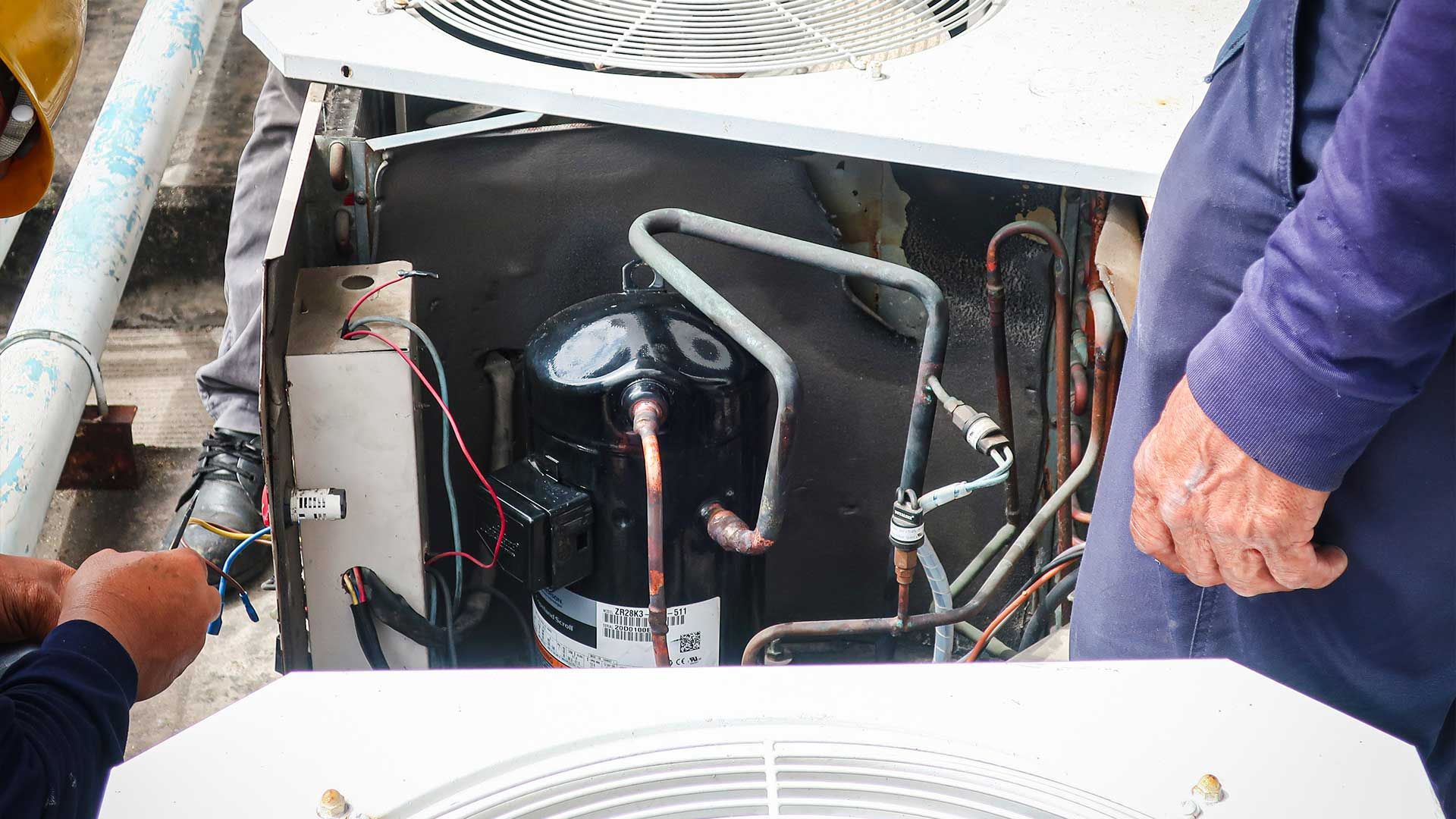
QUICK LINKS
CONTACT INFORMATION
4033 Keasberry Ave
North Las Vegas, Nevada 89081
Bonded & Insured License #: 0083282
All Rights Reserved | RAYDAN HEATING & AIR CONDITIONING
